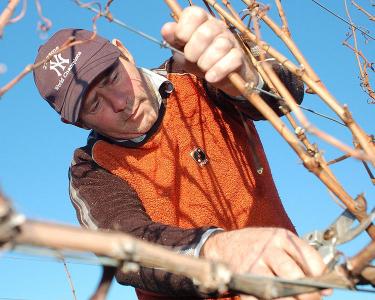Pruning
What Is Pruning?
Pruning is the removal of the lower branches of trees. Pruning is a particularly effective fuel-reduction technique when combined with other forms of treatment such as thinning in lower-elevation forests. Pruning can be done on sapling-sized and larger trees. To maintain tree vigor, pruning should remove no more than 50 percent of the live crown.
Why is pruning important?
Increasing the distance between the ground and the lowest tree branches reduces the likelihood that a surface fire will use the branches as a ladder to move into tree crowns. A crown fire is typically more difficult to control and can spread much more rapidly than a surface fire.
What to keep in mind when pruning
Pruning does add fuel to the forest floor. After pruning, the branches can be chipped and scattered or piled and burned to reduce this added fuel. Burn piles should be located in openings away from trees to avoid scorching the crowns and undertaken only with careful consideration of the weather.
Pruning Guidelines: Here are some tips to keep in mind when pruning your lower-elevation forest.
• To remove ladder fuels, prune lower limbs up to 8 feet to 10feet from the ground
• Avoid pruning more than 50percent of the live crown at any one time
• Use a sharp tool and make clean cuts
• Use proper pruning techniques – avoid flush cuts and “coat hangers”
• In conifers, avoid pruning in spring and early summer
• In hardwoods, prune during the dormant season
• Don’t paint pruning wounds with dressing – it’s not effective and may seal in decay organisms
• Dispose of pruning slash
Need more guidance? For more advice about how to prune, consult a forester in your area or ask a question in our “Ask a Forester” forum.
How can I get more tips?
It’s simple! Enter your email below.

